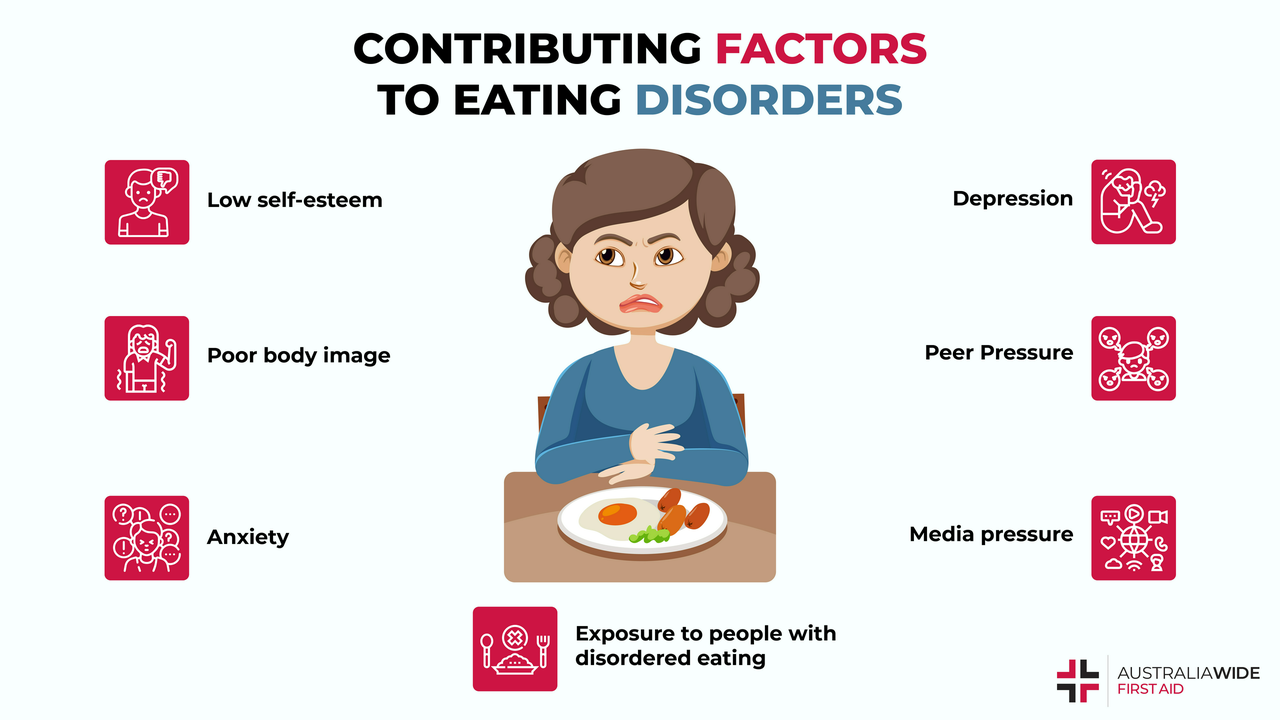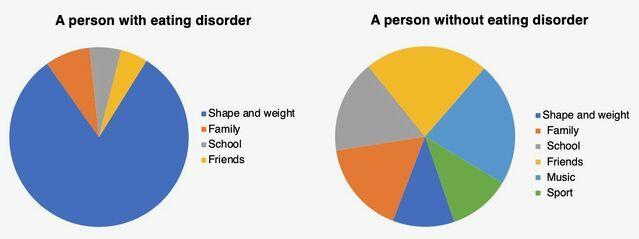Gentle Allies: A Family’s 3-Step Nonviolent Approach to Supporting Anorexia Recovery
Intro: When anorexia enters a home, well-meaning battles over food often push loved ones deeper into isolation. These three steps build bridges instead of trenches. Step 1: The Observation Shift – Seeing Beyond the Plate Before reacting, learn to witness differently. Redefining “Problem Behaviors” Anorexia twists self-preservation into self-destruction. What looks like defiance is often…




